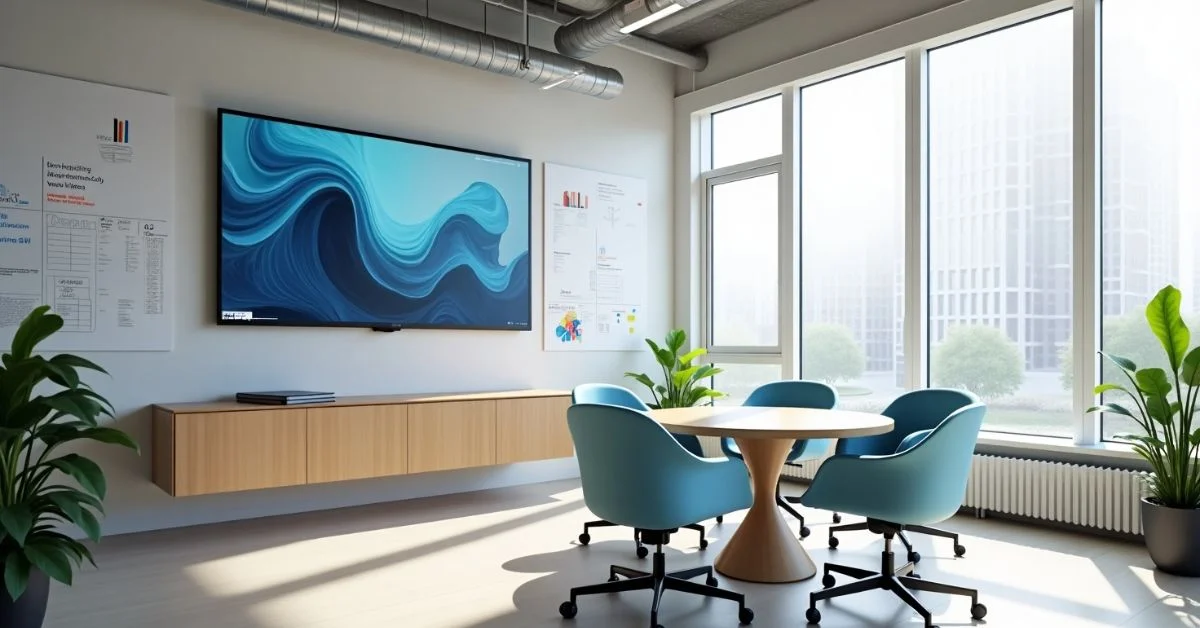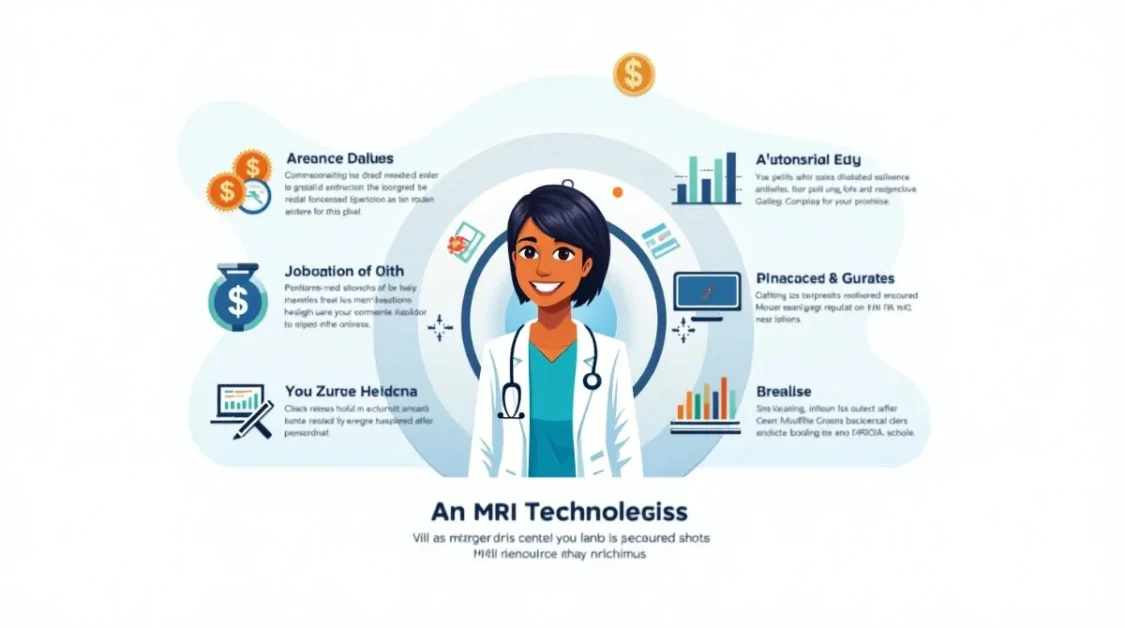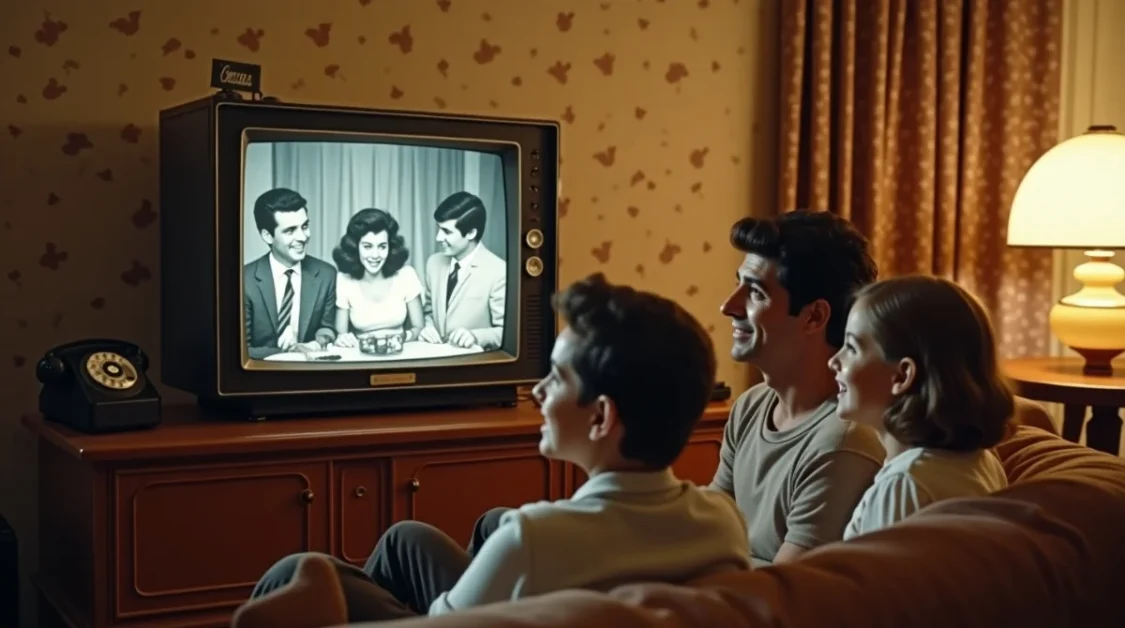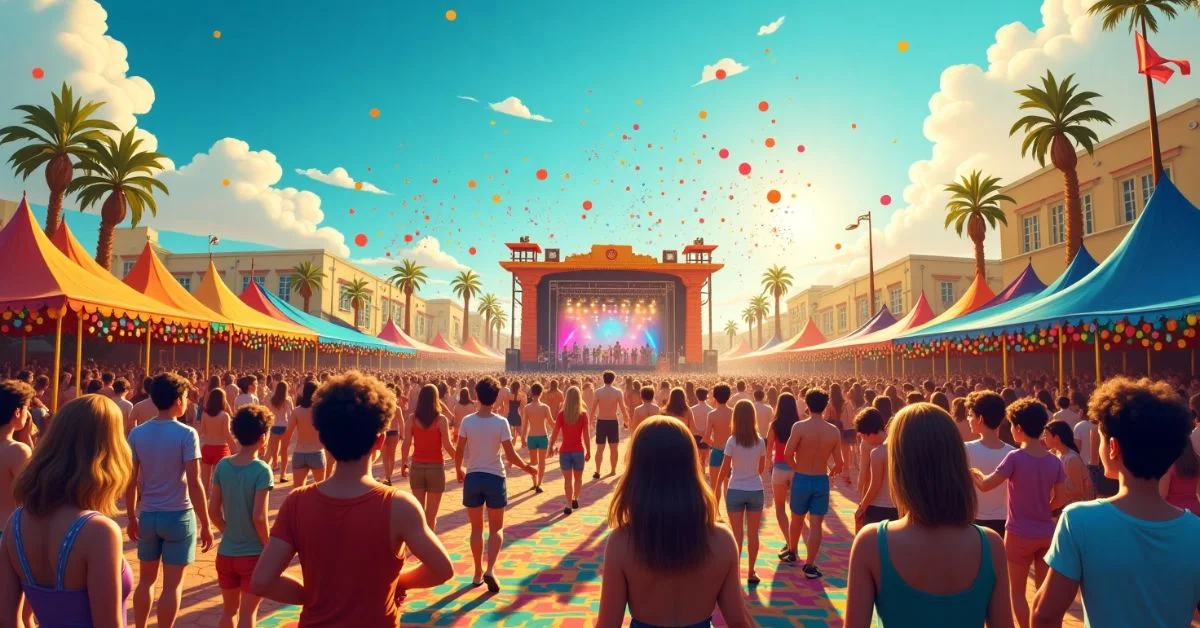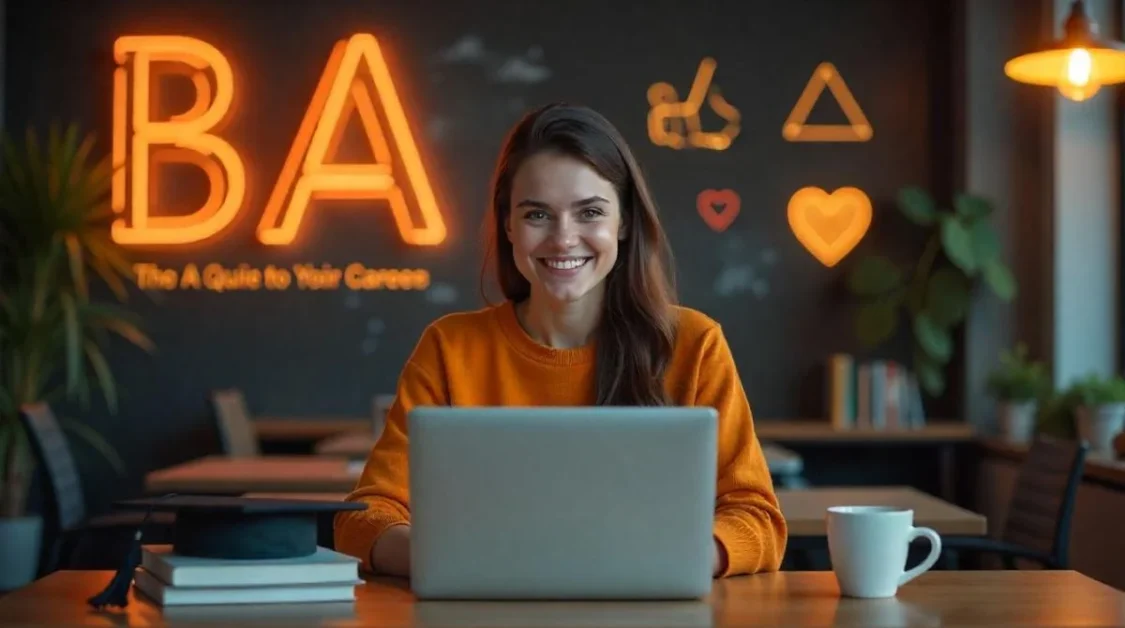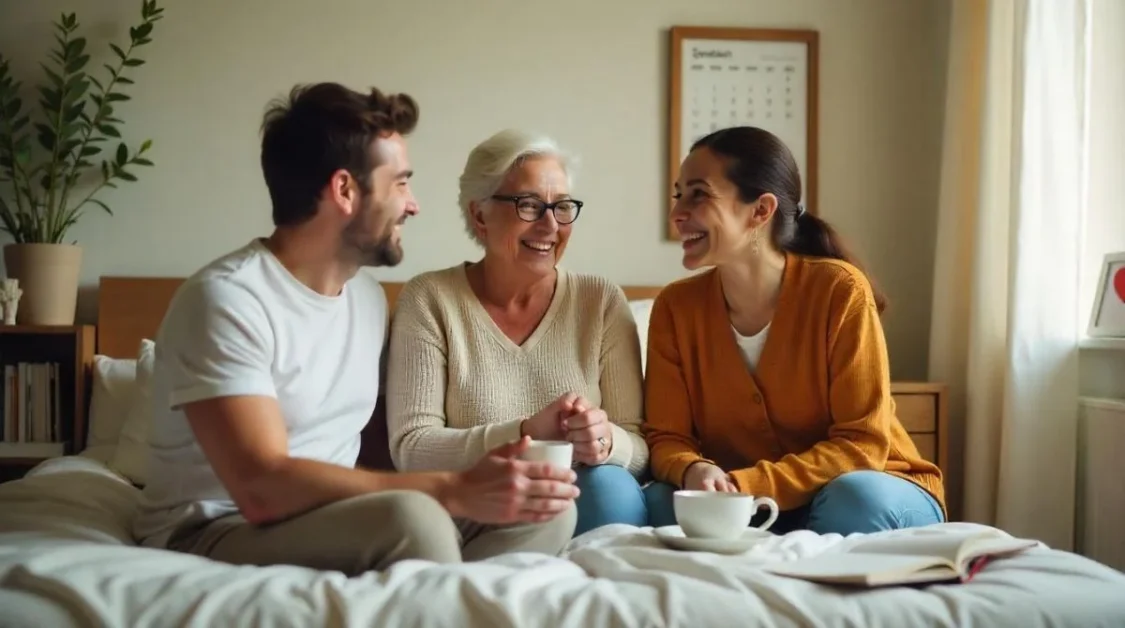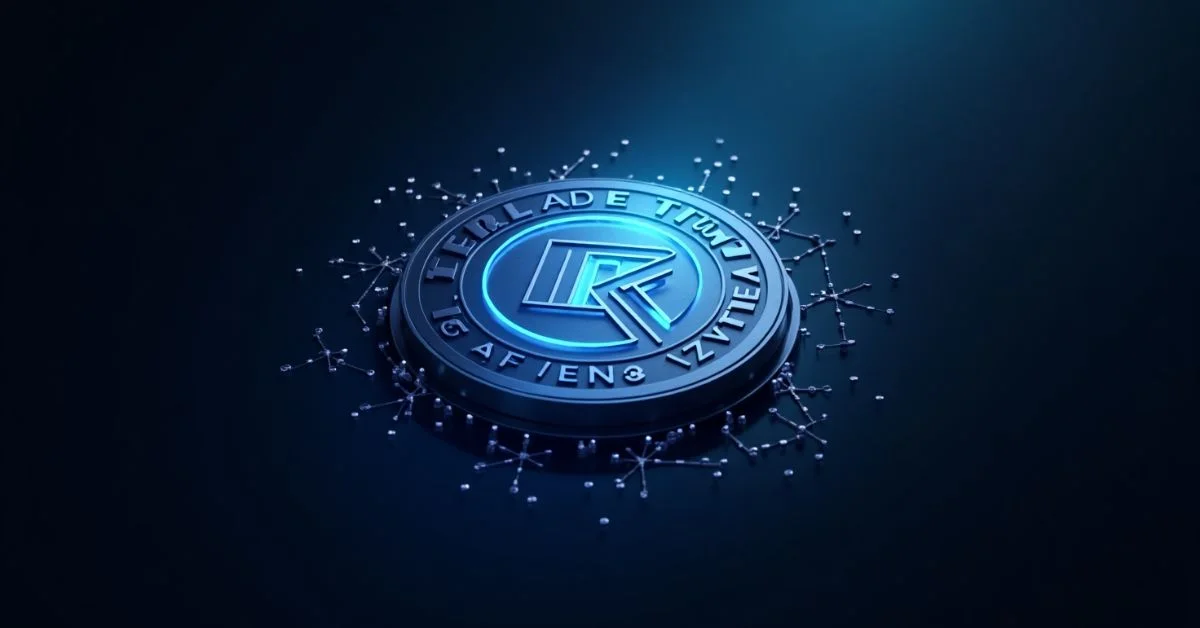In an era where innovation and foresight define success, the concept of a back casting room has become increasingly relevant. In contrast to typical forecasting, back casting identifies the actions required to achieve a desired future outcome by working backward from the beginning. A back casting room is a dedicated space designed to facilitate this strategic planning process, often used by designers, futurists, business leaders, and educators.
What is a Back Casting Room?
A back casting room is a physical or virtual space where individuals or teams engage in reverse strategic planning. The room is designed to support ideation, collaboration and visualization of long-term goals. It typically includes tools such as whiteboards, mind mapping software, interactive displays and comfortable seating to encourage creative thinking.
Key Features of a Back Casting Room
To make the most of a back casting room, it should be equipped with features that stimulate engagement and focus:
- Interactive Whiteboards: For drawing timelines and action plans.
- Projection Screens or Digital Displays: To visualize future scenarios.
- Modular Furniture: Adaptable seating for group or individual work.
- Quiet Zones: For deep thinking or solo reflection.
- Acoustic Treatment: To minimize distractions.
Why Use a Back Casting Room?
A back casting room is a powerful strategic tool that enables teams to concentrate on long-term goals rather than being restricted by current limitations. Unlike traditional planning methods that begin with present circumstances and move forward, back casting starts with a clear vision of the desired future and works backward to identify the steps needed to reach it. This approach fosters creative thinking by removing the constraints of existing barriers and resources, allowing for more innovative and ambitious solutions. It also helps align various departments or stakeholders by establishing a unified vision that everyone can work toward collaboratively. Ultimately, the back casting room becomes a space for dynamic decision-making and cooperative planning, driving meaningful progress toward future objectives.
Back Casting vs Forecasting: A Simple Comparison
| Aspect | Back Casting | Forecasting |
| Approach | Starts from the future | Starts from the present |
| Focus | Desired outcome | Projected trends |
| Flexibility | Encourages new solutions | Limited by current data |
| Best For | Innovation & Sustainability | Market predictions |
How to Set Up a Back Casting Room?
Setting up an effective back casting room requires thoughtful planning:
- Choose the Right Location: A quiet, interruption-free zone.
- Install Visual Tools: Whiteboards, projectors, digital displays.
- Ensure Ergonomic Comfort: Comfortable chairs, natural lighting.
- Incorporate Technology: High-speed internet, collaboration software.
- Create a Stimulating Environment: Art, color, and creative decor.
Activities That Happen in a Back Casting Room
- Vision Mapping
- Scenario Planning
- SWOT Analysis
- Group Brainstorming Sessions
- Decision-Making Workshops
Creative Applications of Back Casting Rooms

Back casting rooms are not limited to corporate or governmental use. They’re also making a mark in:
- Urban Planning: To envision smart cities and sustainable neighborhoods.
- Healthcare: To design patient-centered care models.
- Education: To plan future-proof curriculums
Tips for Facilitating Effective Sessions
- Set clear session goals in advance.
- Include a mix of participants from different backgrounds.
- Use visual aids and templates to guide discussion.
- Capture ideas digitally for easy sharing.
Who Uses a Back Casting Room?
- Business Leaders: For corporate strategy.
- Designers & Architects: To visualize future trends.
- Educators: For curriculum innovation.
- Policy Makers: For future-proof regulations.
- NGOs: For sustainable development planning.
Measuring the Success of a Back Casting Room
Success in a back casting room can be evaluated through multiple indicators. Gathering feedback from participants via surveys helps assess the session’s effectiveness. Tracking the achievement rate of goals set during the sessions provides insight into long-term impact. Engagement metrics can highlight how actively team members contributed, while the number of implemented ideas post-session serves as a direct measure of the room’s innovation output.
Tools and Software for Back Casting Sessions
- Miro: Digital whiteboarding and collaboration.
- Lucidchart: For flowcharts and mind mapping.
- Trello: For task and action item tracking.
- Zoom/Teams: For virtual room capabilities.
Integrating Back Casting into Organizational Culture
To make the most of your back casting room, embed this method into your regular planning cycles. Train team leaders in back casting techniques and make sessions a routine part of strategy development
Benefits of Using a Back Casting Room
- Clear vision planning
- Enhanced team collaboration
- Improved strategic alignment
- Greater innovation capacity
- Forward-thinking culture development
Design Tips for a Back Casting Room
- Use writable walls for maximum ideation space.
- Include breakout areas for small group work.
- Display inspirational quotes and visuals.
- Keep a digital log of all sessions for reference.
Challenges and How to Overcome Them
- Lack of engagement.
- Solution: Use facilitation techniques and gamification.
- Tech issues.
- Solution: Have reliable backup systems.
- Poor room layout.
- Solution: Consult workspace designers or use modular layouts.
Conclusion
A well-designed back casting room helps organizations break free from present constraints and focus on long-term impact. It encourages collaborative problem-solving, aligns diverse teams around a unified goal, and nurtures visionary thinking. Whether in business, education, or policymaking, it serves as a launchpad for innovation. By combining creativity, technology, and purpose, a back casting room turns strategic ideas into actionable plans. It’s more than a room it’s a mindset for future-ready planning.
